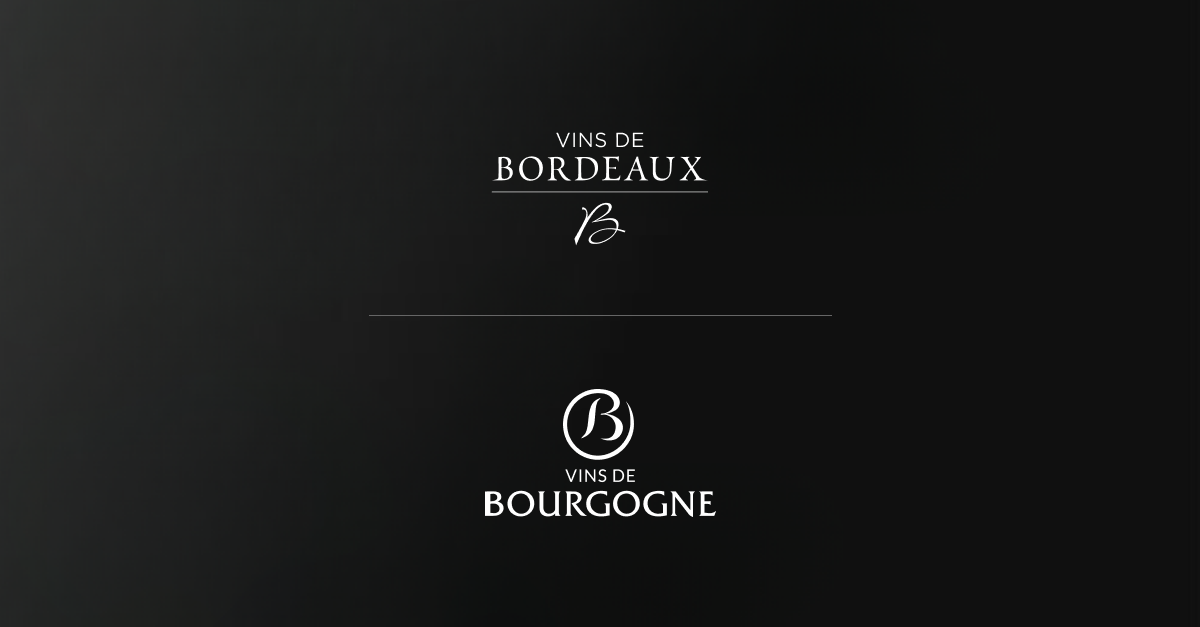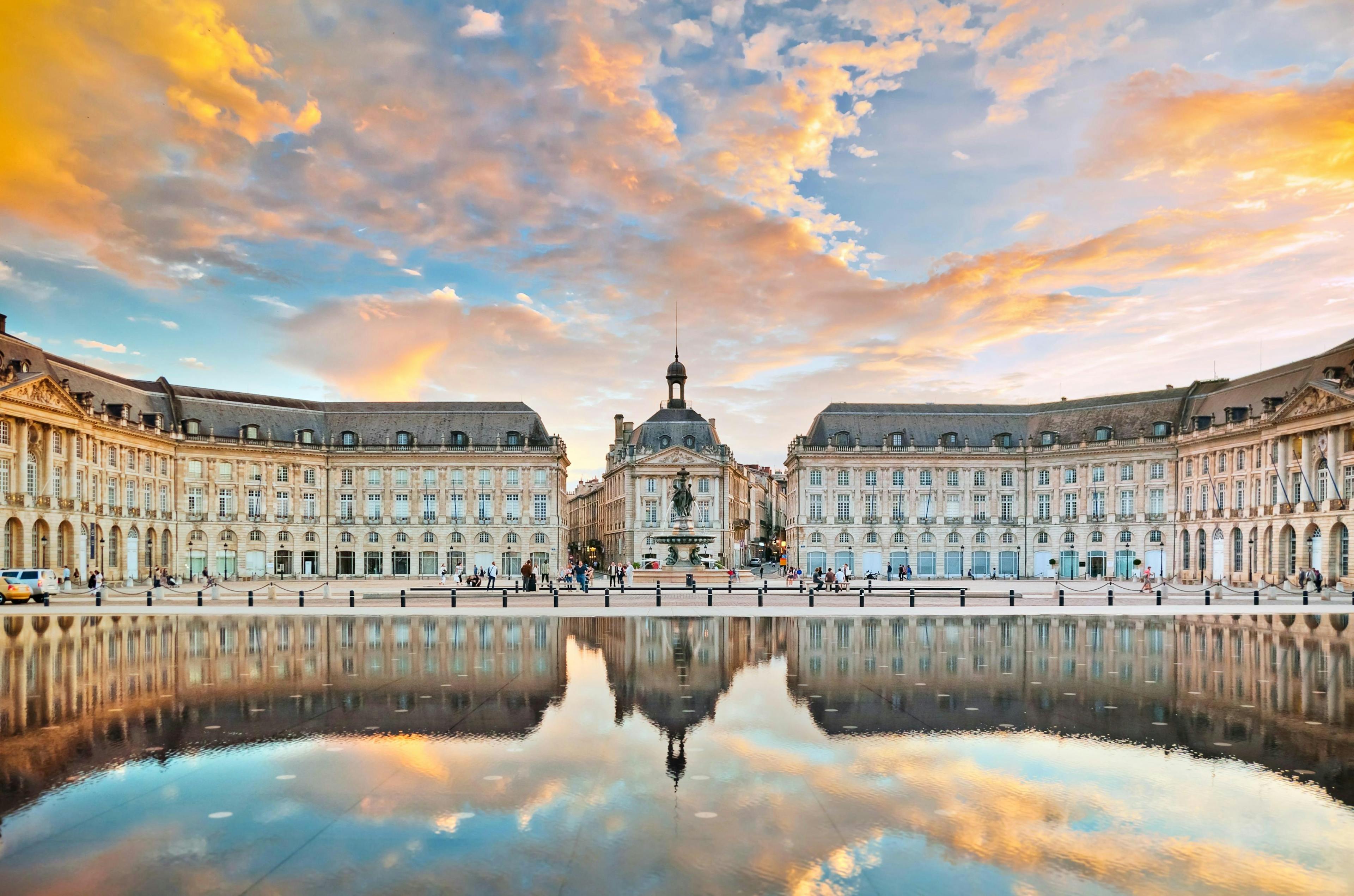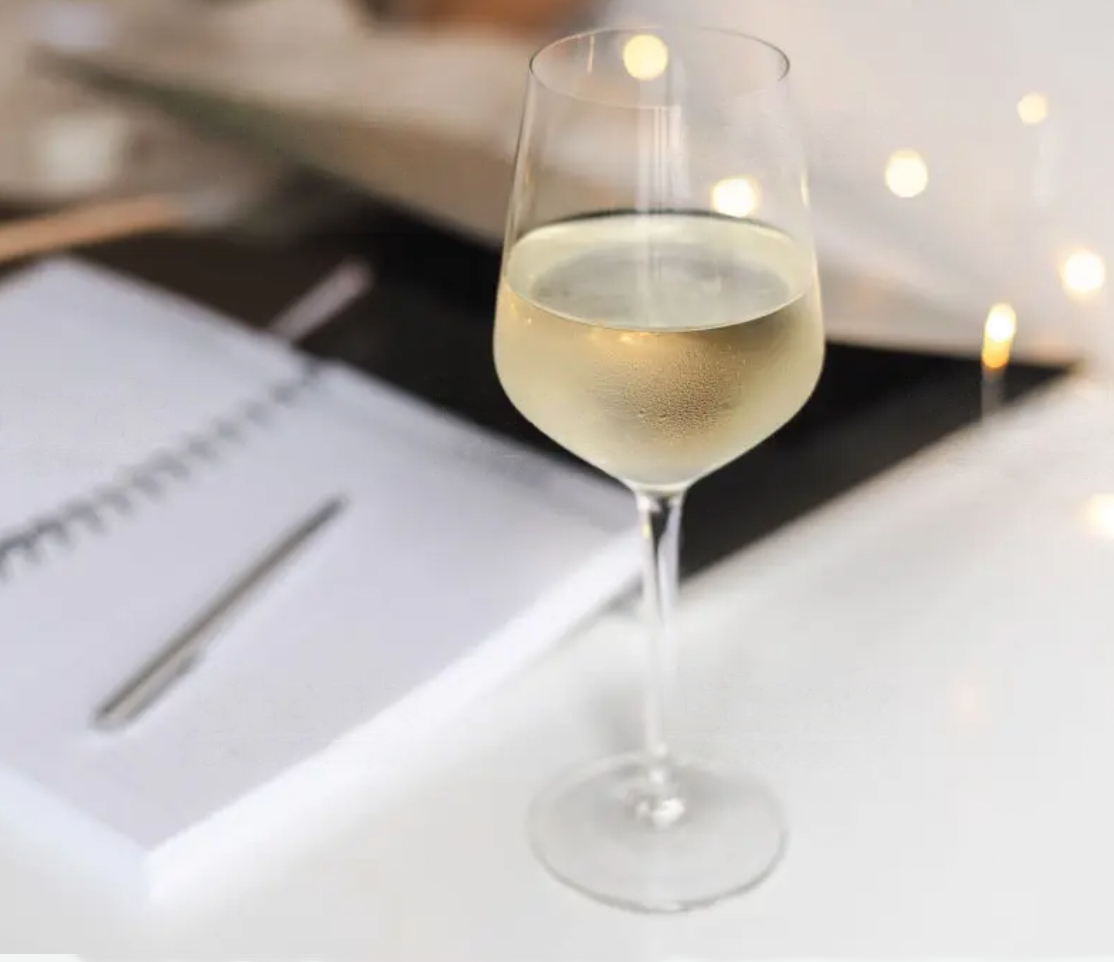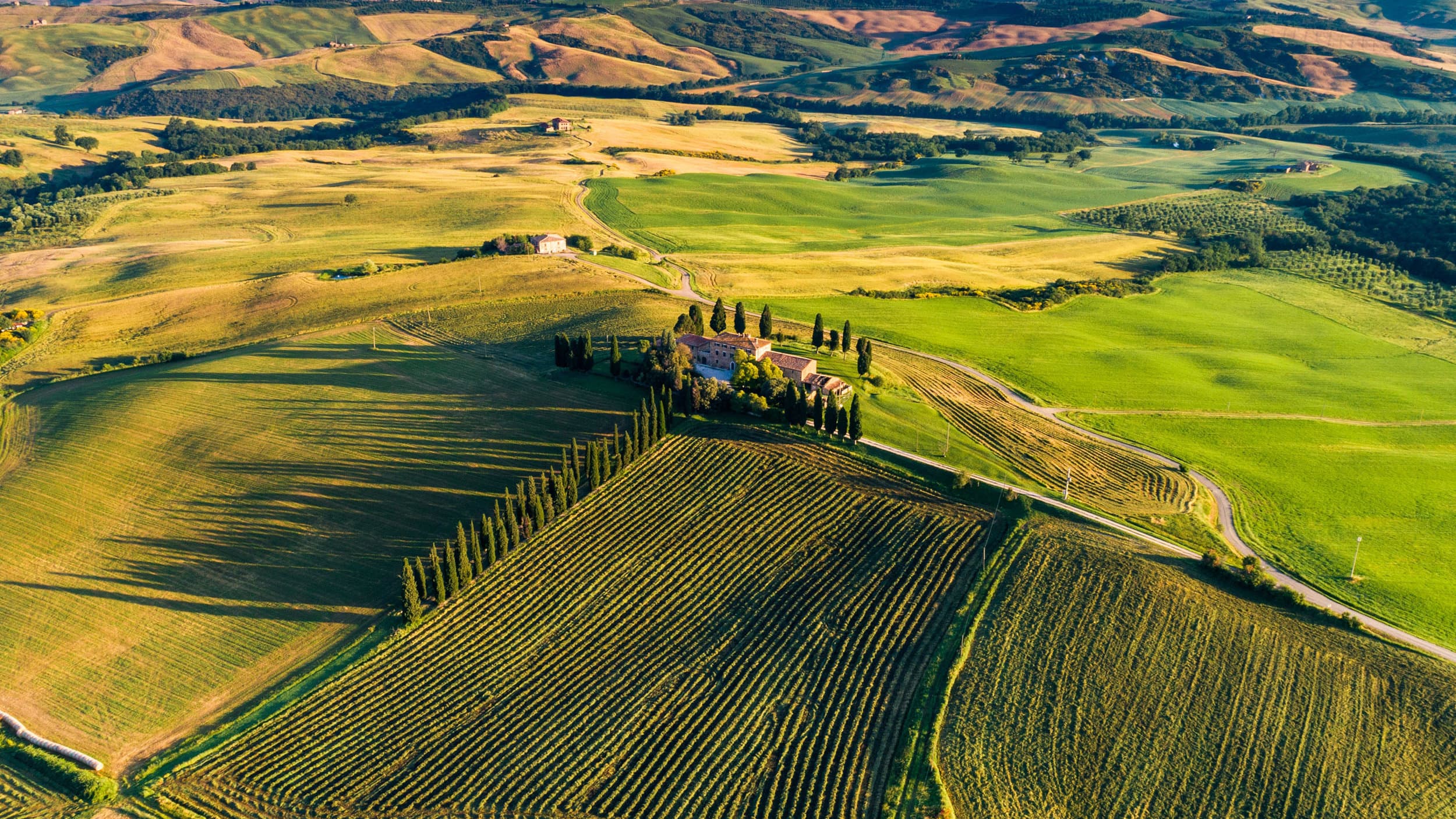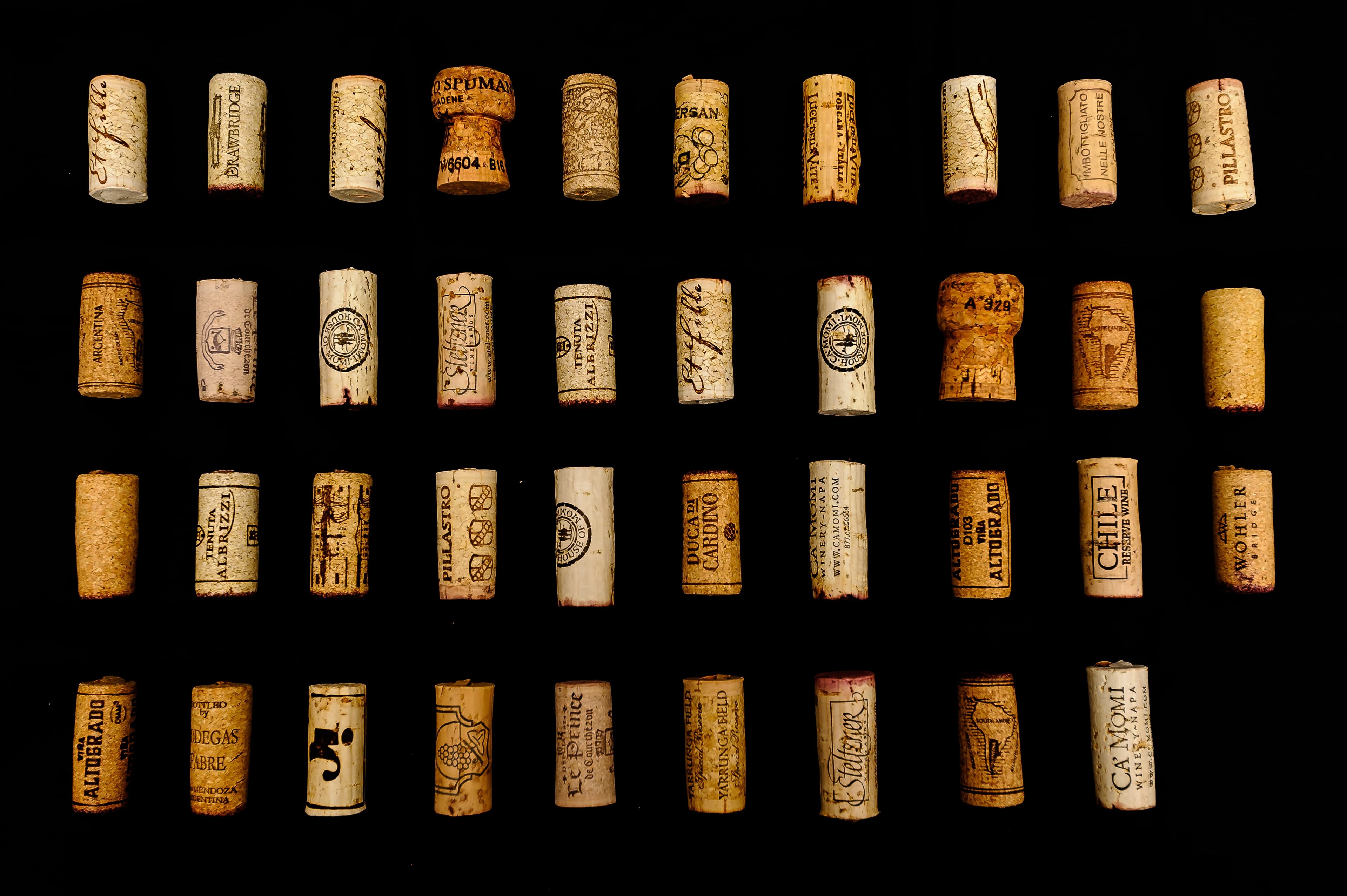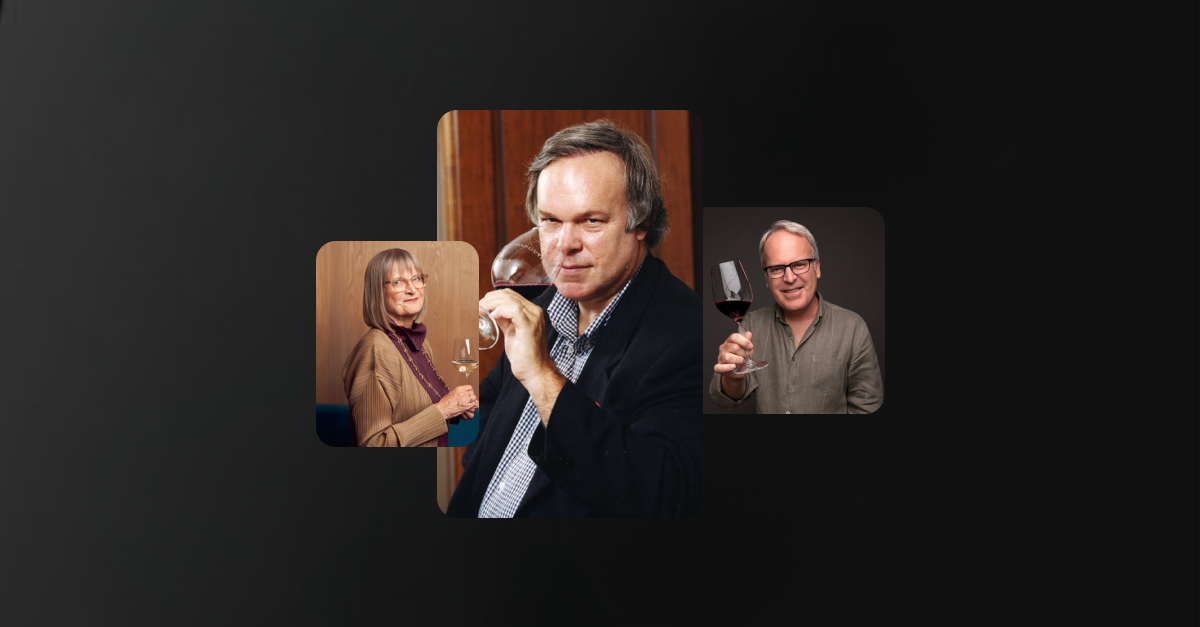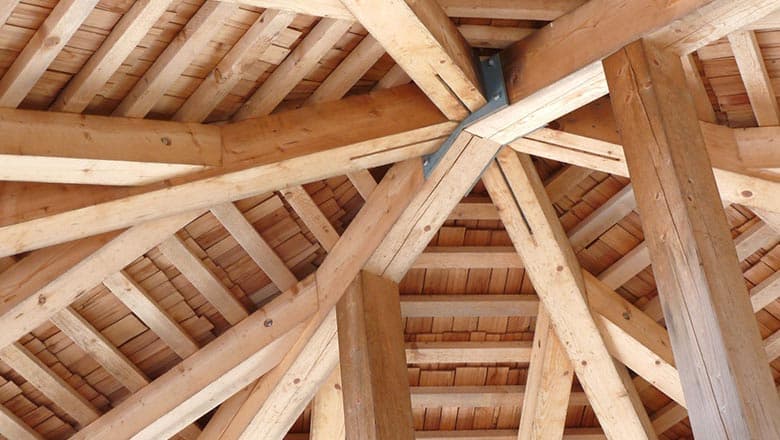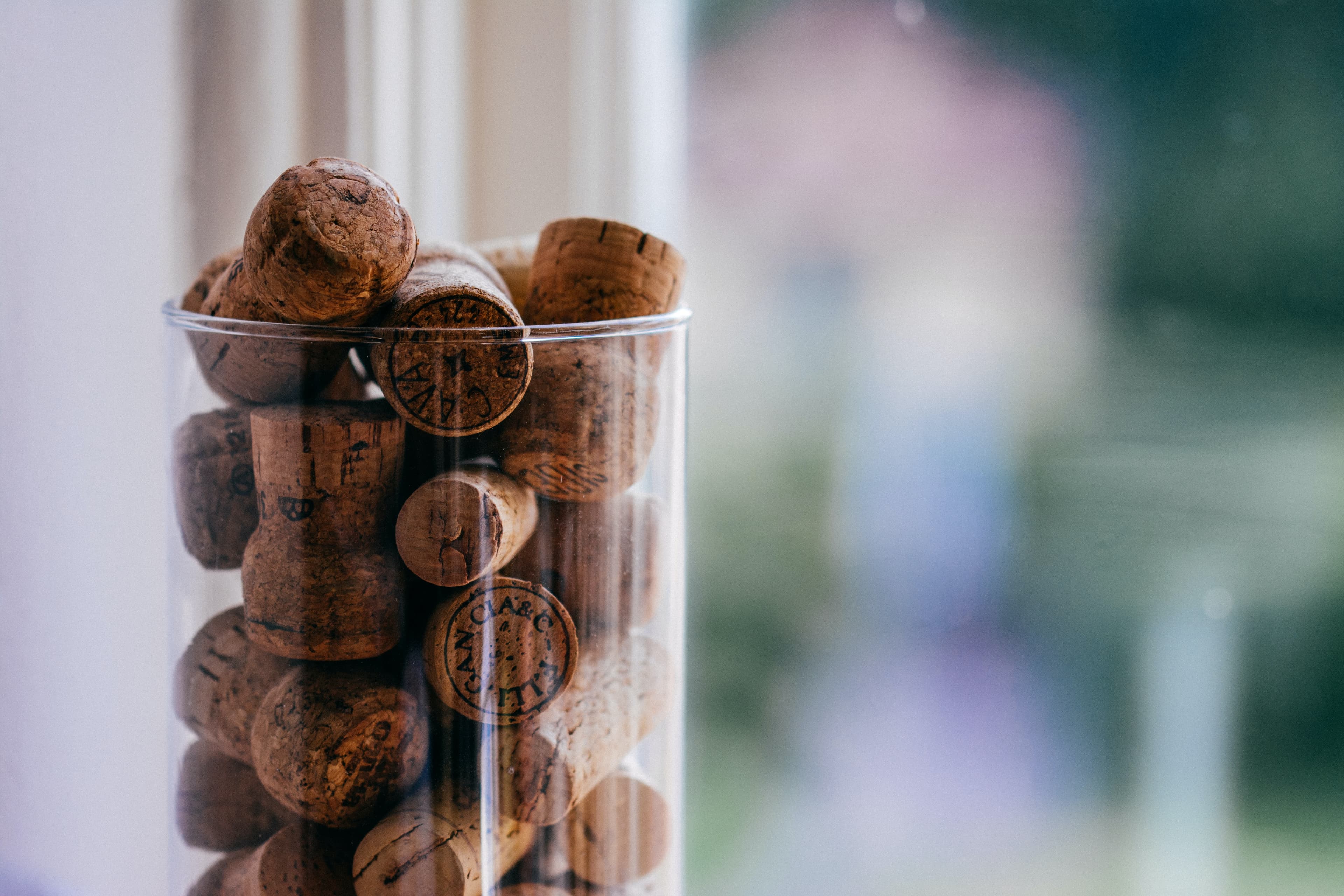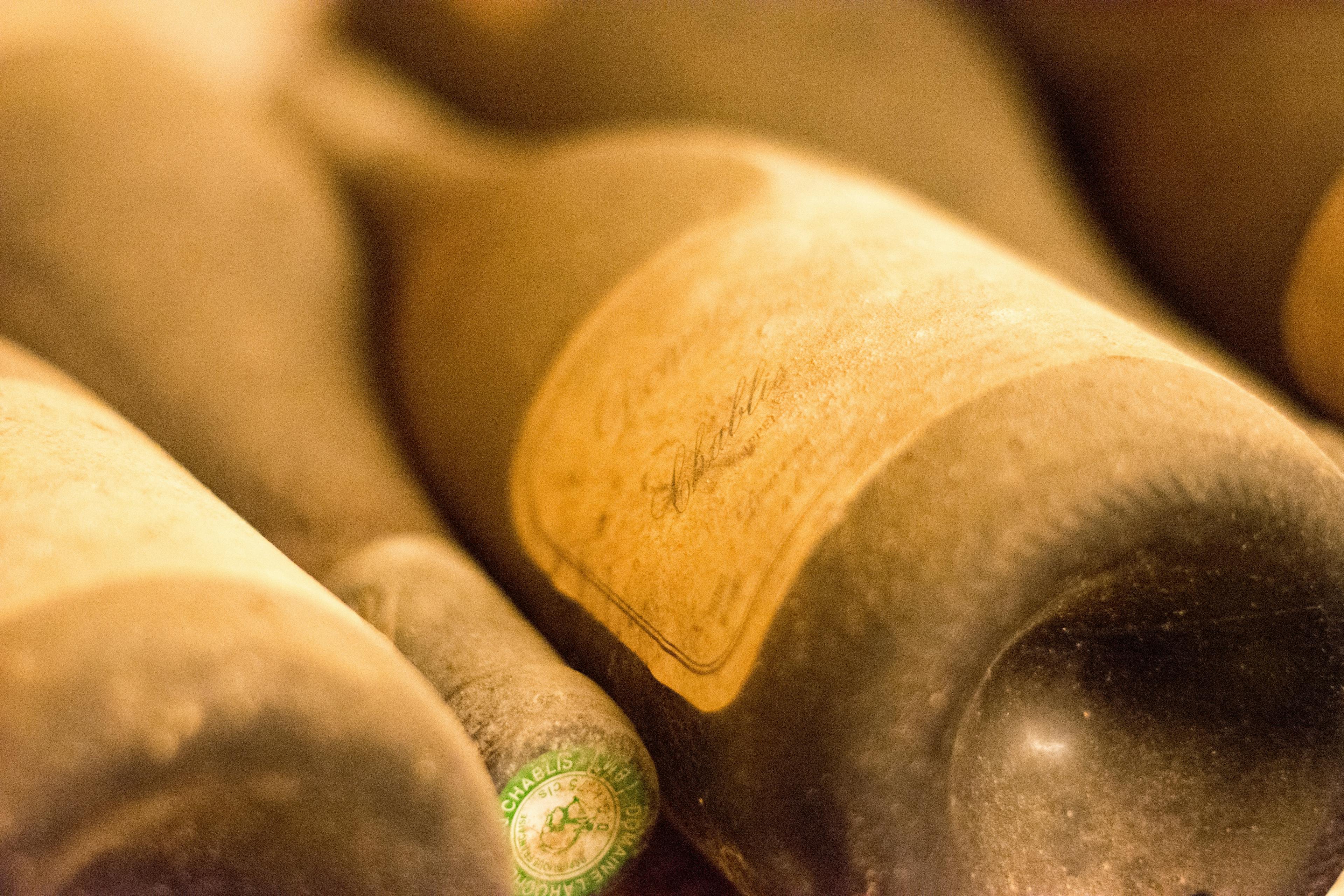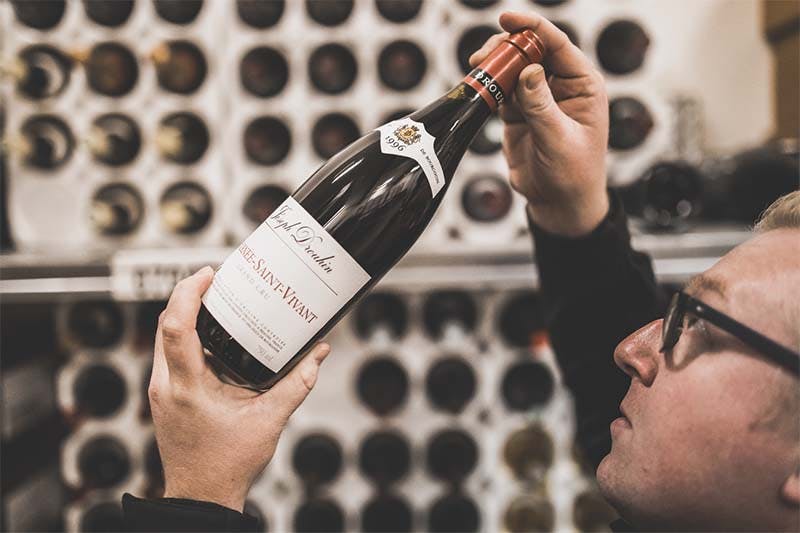
Storing fine wines like Château Cheval Blanc requires careful consideration to maintain their exquisite quality and flavor. This prestigious wine, known for its rich history and exceptional taste, demands specific conditions to ensure its longevity and enhance its aging potential. Proper storage involves controlling temperature, humidity, light exposure, and positioning of the bottle. In this article, we'll explore the essential steps and precautions necessary to safeguard your investment in Château Cheval Blanc, ensuring that each bottle remains in perfect condition for years to come.
Ideal Temperature and Humidity for Storing Château Cheval Blanc
Storing Château Cheval Blanc in the right conditions is crucial to preserving its quality and enhancing its aging potential. The ideal temperature for storage should consistently be around 12-14°C (53-57°F). This range ensures that the wine evolves slowly, developing complexity without the risk of spoilage due to heat. Equally important is maintaining proper humidity levels, ideally between 70% and 80%. This prevents the corks from drying out, which might allow air into the bottles and spoil the wine.
For those looking to serve Château Cheval Blanc at its best, attention to these storage details can make a significant difference. Here are additional tips to ensure optimal storage:
Avoid fluctuations: Temperature and humidity should remain as stable as possible.
Keep away from light: Store bottles in a dark place to prevent light from degrading the wine.
Position correctly: Bottles should be stored horizontally to keep the cork moist, which helps it remain expanded and airtight.
Choosing the Right Wine Storage Solutions
When selecting the ideal wine storage solutions for Château Cheval Blanc, understanding the specific characteristics of this prestigious Bordeaux wine is crucial. The right conditions will preserve its quality and enhance its aging potential. Here are some key factors to consider:
Temperature Control: Maintain a constant temperature around 12-14°C (53-57°F) to prevent damaging the wine. Fluctuations can cause expansion and contraction of the liquid, potentially compromising the seal of the cork.
Humidity Levels: Aim for a humidity level of 70%. This prevents corks from drying out, which might allow air into the bottle and spoil the wine.
Light Exposure: Store bottles in a dark place as light can degrade the quality of wine over time. UV rays are particularly harmful and can lead to the development of unpleasant aromas.
Vibration Minimization: Ensure the storage area is free from vibrations. Frequent movement can disturb sediments in the wine, affecting its evolution and flavor profile.
Horizontal Positioning: Keep wine bottles horizontal to keep the cork moist, which is essential for a tight seal and prevents oxidation.
The Importance of Darkness in Wine Storage
Storing wine, particularly a prestigious vintage like Château Cheval Blanc, requires careful consideration of various factors, with darkness playing a crucial role. Light, especially UV rays, can degrade the quality of wine by accelerating aging processes and causing chemical imbalances. This is why serious collectors keep their bottles in dark environments.
Protection from Light: Constant exposure to light can lead to the development of unpleasant aromas and flavors in wine. It's essential to store wine in a dark place to preserve its integrity and ensure that its flavor profile remains unaltered.
Temperature Stability: Darkness often correlates with more stable temperature conditions. Areas that are not exposed to light typically do not experience the same fluctuations in temperature, which is vital for maintaining the wine's quality over time.
Humidity Control: In addition to protecting wines from light and temperature swings, dark storage areas can help in maintaining consistent humidity levels. This prevents the cork from drying out and minimizes the oxidation risk.
By understanding the importance of darkness in wine storage, collectors can enhance their experience of enjoying Château Cheval Blanc, ensuring that each bottle is enjoyed at its best.
Horizontal vs. Vertical Storage: Best Practices
When storing Château Cheval Blanc, the orientation of the bottle plays a crucial role in maintaining the wine's quality. Horizontal storage is widely recommended as it keeps the cork moist, which is essential for long-term aging. A dry cork can lead to shrinkage, allowing air to enter the bottle and potentially spoil the wine. By keeping the cork in contact with the wine, it remains expanded, ensuring a tighter seal.
Vertical storage, on the other hand, is typically used for shorter periods. This position can cause the cork to dry out, risking oxidation and contamination from external odors. It's generally reserved for wines that will be consumed within a few months.
For collectors and enthusiasts aiming to preserve the integrity and flavor profile of their wine, understanding the craftsmanship behind Château Cheval Blanc can guide optimal storage practices. Here are a few additional tips:
Maintain a consistent temperature, ideally between 12°C and 14°C.
Ensure the storage area is free from vibrations and light.
Regularly inspect the storage environment to safeguard against any potential issues.
Adhering to these guidelines will help in preserving the exquisite qualities of Château Cheval Blanc.
Tips for Long-Term Aging of Château Cheval Blanc
When considering the long-term aging of Château Cheval Blanc, it's essential to focus on optimal storage conditions to preserve its quality and enhance its flavor profile. Maintaining a consistent temperature is crucial; ideally, wine should be stored at around 12-14°C. Fluctuations can accelerate aging and potentially damage the wine. Humidity also plays a significant role, with a recommended level of 70% to prevent corks from drying out.
Proper positioning of the wine bottles helps in preserving their integrity. Bottles should be stored horizontally to keep the cork moist, which prevents air from entering the bottle and spoiling the wine. Limiting exposure to light, especially direct sunlight, is vital as UV rays can degrade and prematurely age wine.
For those interested in enjoying their aged Château Cheval Blanc to the fullest, exploring food pairings can significantly enhance the experience. Here are a few suggestions:
Pair with red meat dishes, such as lamb or beef, to complement the wine’s robust flavors.
Try with hard cheeses for a delightful contrast.
Serve with truffle-based dishes for an exquisite match.
Managing the Wine Cellar Environment
Managing the wine cellar environment is crucial for preserving the quality and enhancing the taste of Château Cheval Blanc. Proper conditions ensure that the wine matures gracefully, developing complexity and character over time. Here are key factors to consider:
Temperature Control: Aim to maintain a constant cellar temperature between 12°C and 14°C. Fluctuations can accelerate aging or cause damage to the wine.
Humidity Levels: Ideal humidity for a wine cellar is around 70%. This level prevents corks from drying out, which might allow air into the bottles and spoil the wine.
Light Exposure: Keep the cellar dark as much as possible. Exposure to light, especially ultraviolet light, can degrade the quality of wine rapidly.
Vibration Minimization: Ensure the storage area is free from vibrations. Frequent movement can disturb sediments in the wine, potentially affecting its natural aging process.
Proper Shelving: Wine bottles should be stored horizontally to keep the liquid against the cork, thus keeping it moist and airtight.
By adhering to these guidelines, collectors and enthusiasts can safeguard their investment and enjoy Château Cheval Blanc at its best.
When to Rotate Your Bottles
Rotating your bottles of Château Cheval Blanc is a crucial aspect of wine storage, ensuring even aging and sediment distribution. Typically, it's advisable to rotate your bottles slightly every few months. This gentle movement helps prevent the cork from drying out and minimizes the risk of unwanted air exposure.
When considering the best time to rotate, try to coincide with seasonal changes. These periods often bring fluctuations in temperature and humidity, which can affect the wine's condition. By adjusting the position of your bottles at these times, you can counteract potentially harmful environmental changes.
Moreover, it's essential to keep track of each rotation. Maintaining a log can be incredibly helpful, allowing you to ensure that all bottles are treated equally and none are neglected. This practice not only contributes to the longevity of your wine but also to its flavor and texture consistency over time.
For more detailed guidance on handling this exquisite wine, refer to these facts about Château Cheval Blanc. Here, you'll find valuable insights that can enhance your wine storage techniques and ensure your collection remains in pristine condition.
Insurance and Security for High-Value Wines
When storing high-value wines like Château Cheval Blanc, considering both insurance and security measures is crucial. Insurance for fine wines covers potential losses due to theft, natural disasters, or accidental damage. It's essential to choose a policy that reflects the current market value of the wine, which can fluctuate significantly. Regular appraisals are advisable to ensure coverage remains adequate.
Security measures are equally important. Investing in a high-quality wine safe or a storage facility with controlled access can protect your collection. These facilities often feature advanced security systems, including 24/7 monitoring, biometric access controls, and vibration sensors that alert owners to any unauthorized handling.
For enthusiasts interested in the history of Château Cheval Blanc, understanding its provenance can also play a critical role in its valuation and the necessary security measures. Collectors should maintain detailed records of purchase and ownership, as provenance can significantly impact a wine's value and authenticity, which are critical in the event of a claim.
Common Storage Mistakes and How to Avoid Them
Storing Château Cheval Blanc requires careful attention to detail to preserve its quality. One common mistake is exposing the wine to fluctuating temperatures. Consistent, cool conditions are crucial; ideally, storage areas should maintain a temperature around 55°F (13°C). Another error involves improper humidity levels. Aim for 70% humidity to keep corks from drying out, which can lead to oxidation and spoilage.
Light exposure is also detrimental, particularly direct sunlight, as it can degrade the quality of wine rapidly. Store bottles in a dark place or use UV-protective glass to shield them. Additionally, many fail to position bottles horizontally. This orientation keeps the liquid against the cork, ensuring it remains moist and airtight.
For those interested in collecting or enjoying popular vintages, understanding these storage principles is essential. Vibrations from heavy traffic or appliances can disturb sediment in the wine, potentially ruining its clarity and flavors. Ensure your storage location is free from such disturbances. By avoiding these common pitfalls, collectors and enthusiasts can maintain the integrity and taste of their Château Cheval Blanc.
Using Technology to Monitor Storage Conditions
Incorporating technology into the storage of Château Cheval Blanc can significantly enhance the preservation and aging process of this esteemed wine. Smart sensors and IoT devices are pivotal for monitoring environmental conditions such as temperature, humidity, and light exposure. These gadgets can be seamlessly integrated into wine cellars or storage areas, providing real-time data that can be accessed remotely.
Temperature Control: Optimal wine storage requires a stable temperature, typically around 12-14°C. Smart thermostats can maintain this range precisely, preventing fluctuations that might degrade the wine.
Humidity Regulation: Ideal humidity levels for wine storage are between 50% and 70%. Advanced humidifiers equipped with hygrometers ensure this range is consistently met, protecting the cork from drying out or mold growth.
Light Exposure: Excessive light can prematurely age wine. Automated systems can control cellar lighting or alert owners when UV levels are too high, safeguarding the wine’s integrity.
By leveraging these technological solutions, collectors and enthusiasts can ensure their Château Cheval Blanc is stored under optimal conditions, thus maintaining its quality and value over time.
Conclusion
In conclusion, storing Château Cheval Blanc, or any fine wine, requires careful consideration of factors such as temperature, humidity, light, and vibration. The ideal conditions involve a steady temperature of around 12-14°C, humidity levels maintained at 70%, minimal light exposure, and an environment free from vibrations. Proper storage is crucial to preserve the wine's quality and ensure that it matures gracefully, enhancing its flavors and value over time.
For wine enthusiasts who may not have access to optimal storage conditions at home, or for those looking to invest in wine without the hassle of managing physical storage, Rekolt offers a seamless solution. Our professional cellar storage option not only provides the perfect environment for your Château Cheval Blanc but also facilitates easy resale and trading within our marketplace. By choosing Rekolt, you ensure that your fine wines are stored under ideal conditions, monitored by experts, and maintained with the utmost care. This service not only preserves the integrity and value of your investment but also provides peace of mind, knowing that your prized bottles are in expert hands. Whether you're a seasoned collector or a new enthusiast, Rekolt's comprehensive services cater to all your wine storage and trading needs, making it easier than ever to enjoy and capitalize on the world of fine wine.
Share this article
